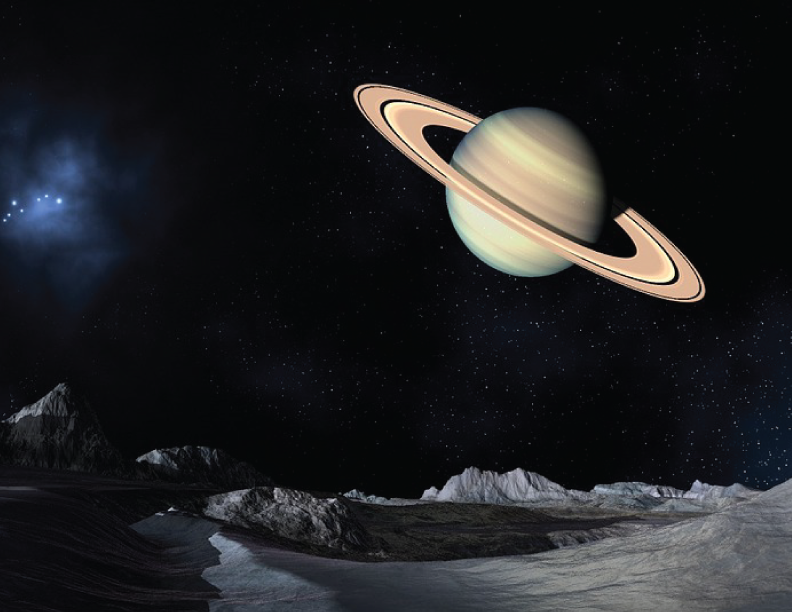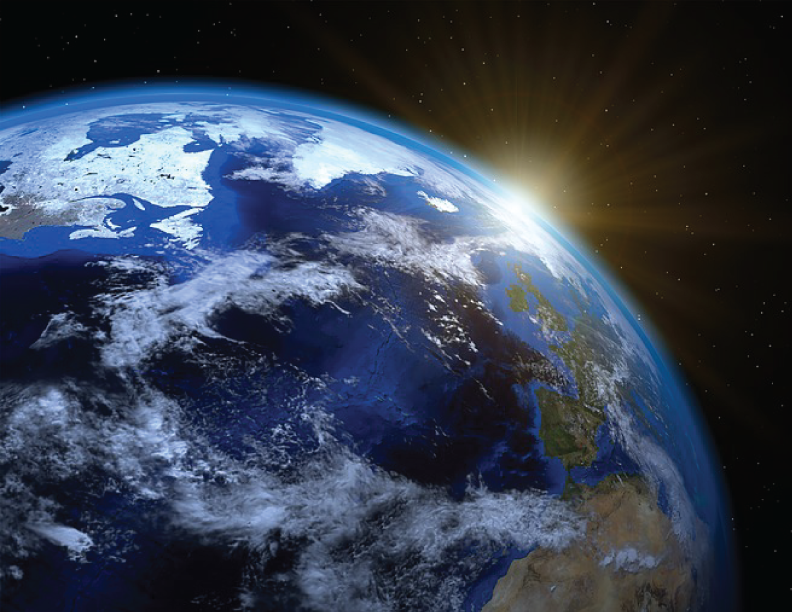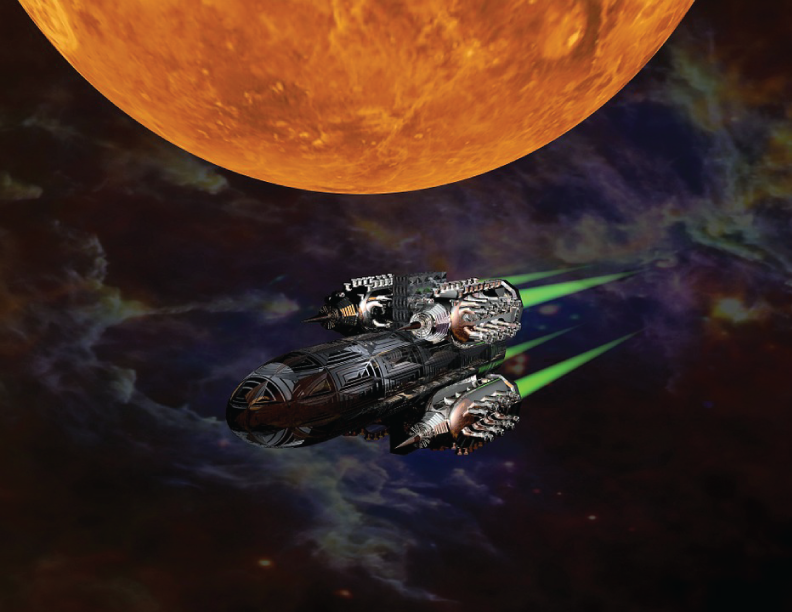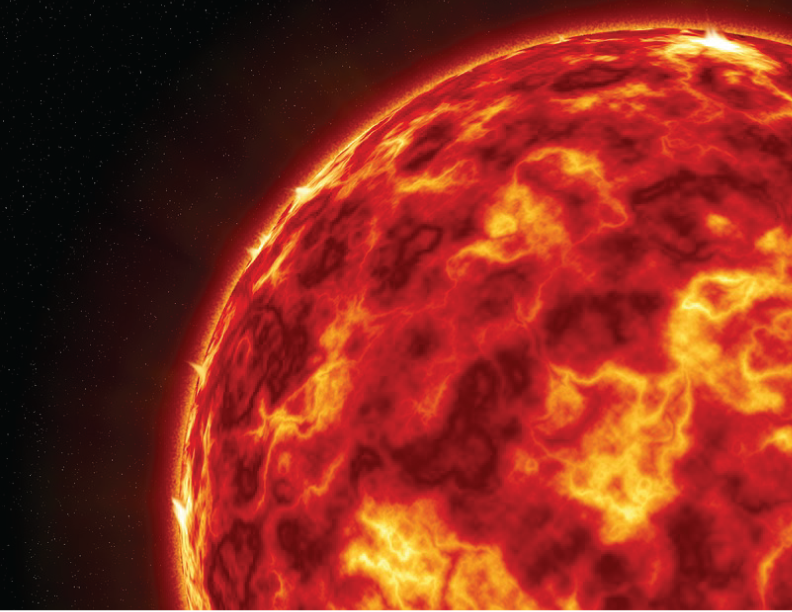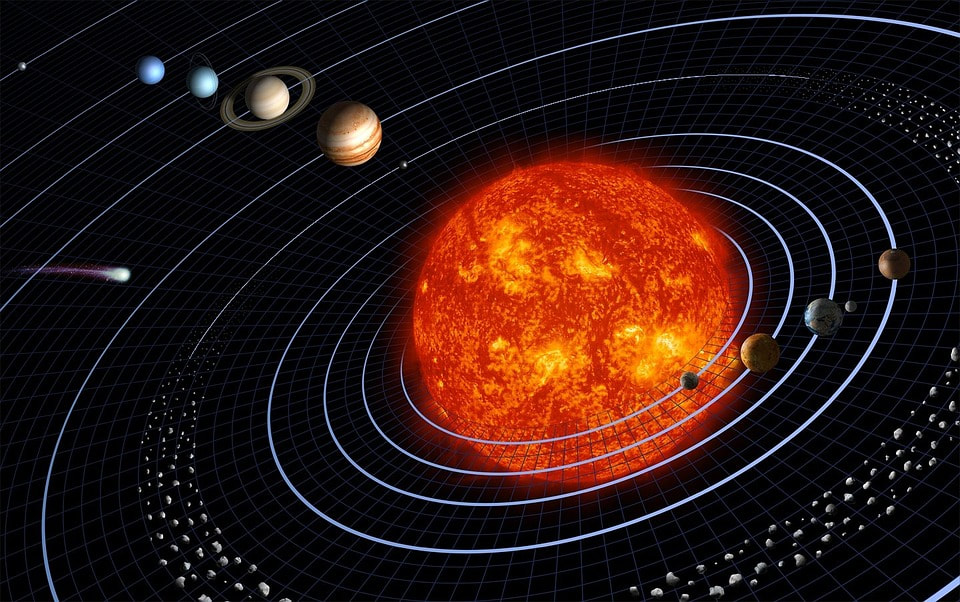SOLAR SYSTEM
When you look up at the night sky, you are looking out into the outer space. The moon and shooting stars you see are part of what scientists call the solar system. The planet Earth is also a part of the solar system along with other planets spinning around the Sun.
